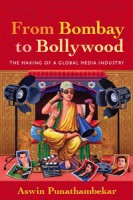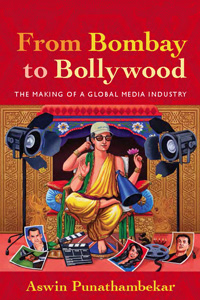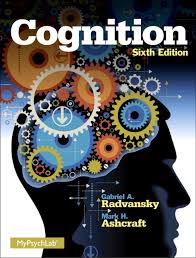 Author: Aswin Punathambekar
Author: Aswin Punathambekar
Publisher: New York University Press, 254 pages
Book Review by: Sonu Chandiram
Bollywood has become an increasingly popular word in the western world in recent years, especially after the release of Slumdog Millionaire in the United States on December 26, 2008.
That movie won an unbelievable eight Academy Awards during the presentation on February 22, 2009. It won the top award of Best Picture, a feat rare for non-U.S.films. Its producer Christian Colson received the award on behalf of the entire team that worked to make that production a big hit, and. Danny Boyle was chosen Best Director for that movie.
Besides these two top people, six others who worked on Slumdog Millionaire won awards, namely for:: best adapted screenplay, best cinematography, best editing, best original score, best original song (the memorable Jai Ho), and best sound mixing. This movie was also nominated for two other awards: another best original song (O…Saya), and best sound editing.
The British Academy of Film Awards also bestowed an equal number of awards – eight – to this movie, and an incredible 40 other movie-related organizations honored it with numerous other awards as well.
We could say that Bollywood – which was previously known mainly in parts of Asia and the Middle East – was officially introduced to the western world after the release of Slumdog Millionaire. But it took British moviemakers to do that. That is not to say of course, that this movie was artistically superior to the thousands of other Bollywood movies produced in the past. It’s just that it took people from the west to discern what would appeal best to people who live there, plus a fantastic promotional effort.
From Bombay to Bollywood traces the roots and growth of the Hindi-language movie industry based in Bombay (now known as Mumbai) from one that was in the beginning city-based, became national in scope, and then went international. Today anyone who keeps abreast of what’s going on in the world knows what one is talking about when the world Bollywood is used.
Aswin Punathambekar cites several factors that helped make Bollywood a global media industry, meaning not only are Bollywood movies distributed internationally, but are also filmed in foreign locales to appeal to Indians and locals living in the United States, Britain and elsewhere.
Just two of these factors are: economic liberalization that began in 1993, the information technology revolution in which Indian firms started producing software in India and exporting overseas.
The other describes several important features of Bollywood in order for readers to properly understand its scope:
• Bollywood is a transnational cultural and industrial formation.
• Bollywood is part of ongoing transformations in relations between capital, space and cultural production
• Bollywood is a site of technological and industrial convergence
This is a very useful book not just for Bollywood movie enthusiasts and fans of stars, but for the student of India’s movie industry. The author provides two appendices, a notes section and a bibliography to make the book more valuable.
Appendix 1 is Profiles of Key Bollywood Companies, which names 11 firms in a whole range of revenue size and range of services provided
Appendix 2 is Top Box Office Successes, 2000-2009, details the name of the movie, year released, producer, production company, domestic distributor, and overseas distributor.
The Notes and Bibliography sections give you much detailed information.
This is a well-researched book that provides much information and insight, and is a uniquely well-written and insightful one for anyone interested in the inside story of Bollywood.
Aswin Punathambekar is Associate Professor of Communication Studies at the University of Michigan – Ann Arbor. He is the co-editor of Global Bollywood (NYU Press, 2008).







